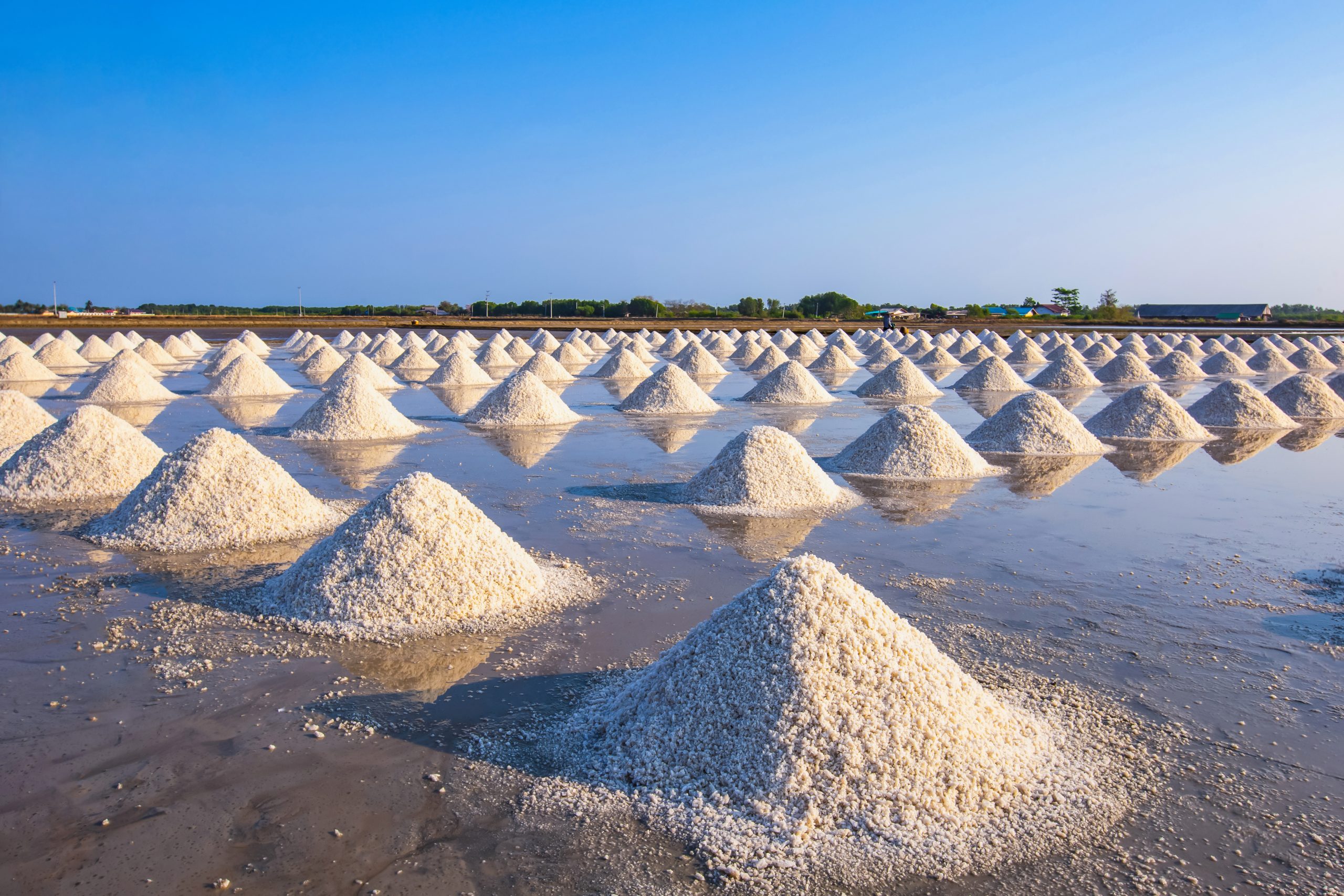Global Fortification Data Exchange (GFDx)
Global Fortification Data Exchange (GFDx)
Welcome to the GFDx website, your definitive resource for actionable data on food fortification. Food fortification, the addition of essential vitamins and minerals to commonly consumed foods, is a scalable, sustainable, and cost-effective intervention to combat micronutrient deficiencies. These fortified foods, or “food vehicles,” help deliver critical nutrients to populations worldwide.
Vitamin and mineral deficiencies affect people globally, impacting their health and limiting their ability to contribute to the economic well-being of their communities and countries. Designed for, and by the fortification community, GFDx empowers policymakers, program implementers, researchers, the private sector, and advocates with reliable data and interactive tools to improve fortification initiatives.
Explore trusted, curated datasets for five commonly fortified foods (maize flour, oil, rice, salt, and wheat flour) across 196 countries. Use the GFDx site to uncover trends, compare data, and track progress on fortification. By unifying and harmonizing fortification data, GFDx encourages global alignment, drives evidence-based decisions, and strengthens national fortification systems.








